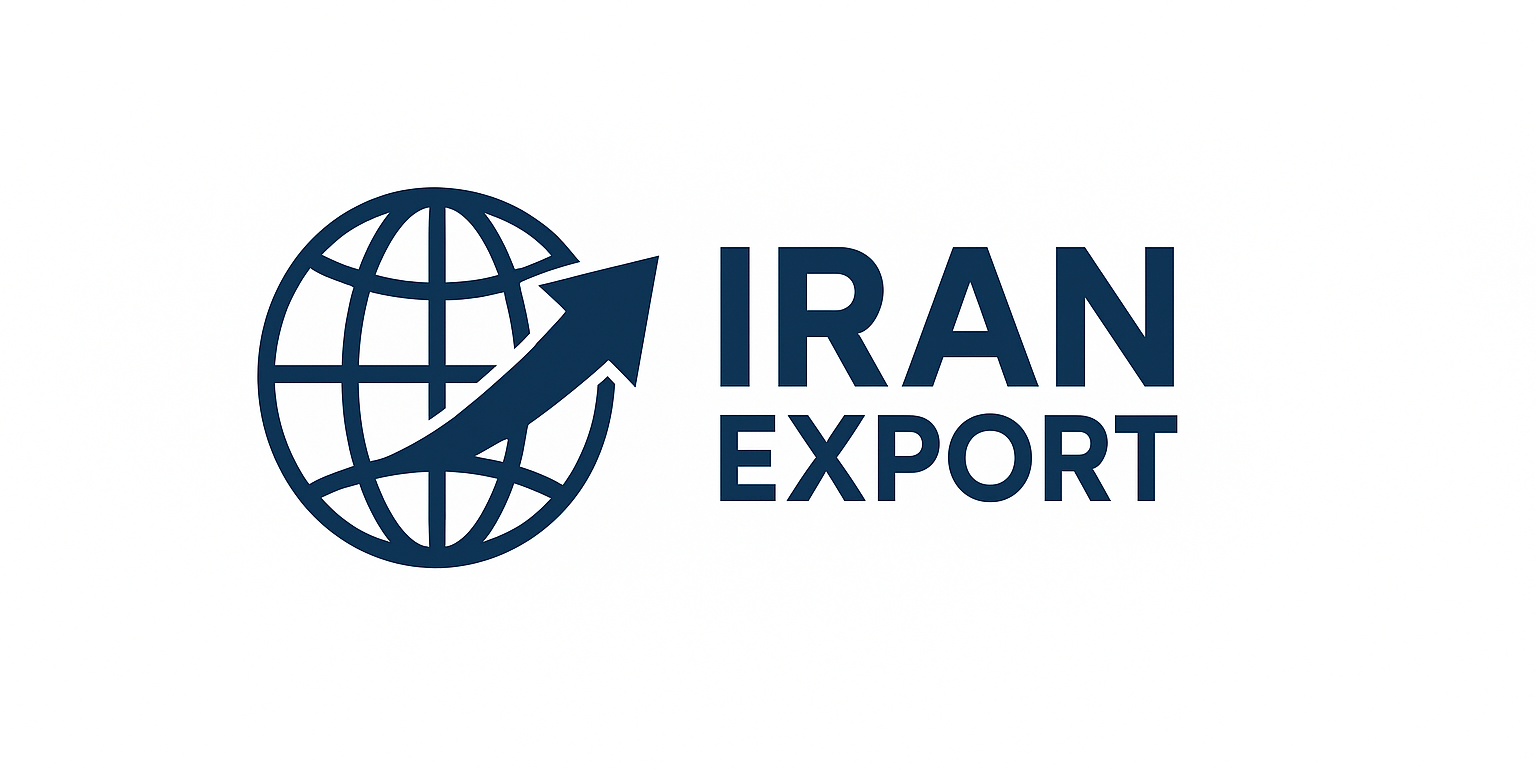Iran’s medicinal and aromatic plant industry is one of the country’s high-potential sectors, benefiting from unique climatic and geographical conditions that make it a leading producer of medicinal and aromatic plants with significant impact on both agriculture and agro-processing industries.
From a technical perspective, Iran has high capacity for producing plants such as saffron, borage, thyme, mint, chamomile, lavender, lemon balm, and many others. Modern cultivation, drying, extraction, and packaging techniques have enhanced product quality and shelf life.
This industry plays a vital role in sustainable agricultural development by utilizing native natural resources and creating high employment opportunities in rural and underdeveloped areas. Additionally, the value-added processing of these products generates significant income for farmers and industrial units.
Iran is one of the largest exporters of medicinal and aromatic plants, with products like saffron, rose water, and various herbal medicines being highly recognized and in demand in markets such as Central Asia, the Gulf region, Europe, and Western countries.
Competitive advantages for Iran include its rich diversity of medicinal plants, favorable climate, low production costs, and skilled labor. However, improvements in processing, packaging, branding, and adherence to international standards could further enhance Iran’s competitiveness in global markets.
